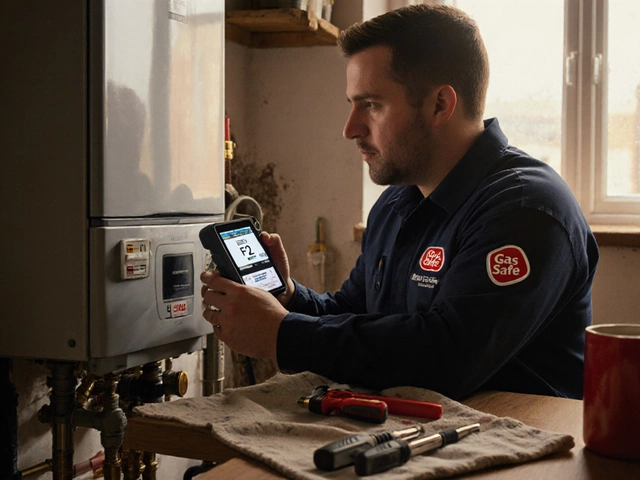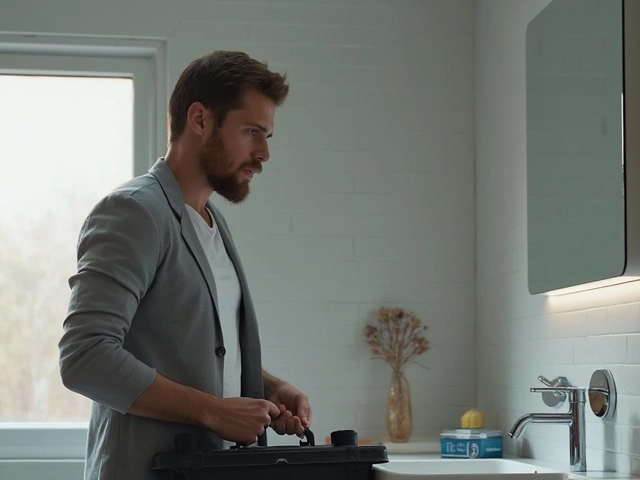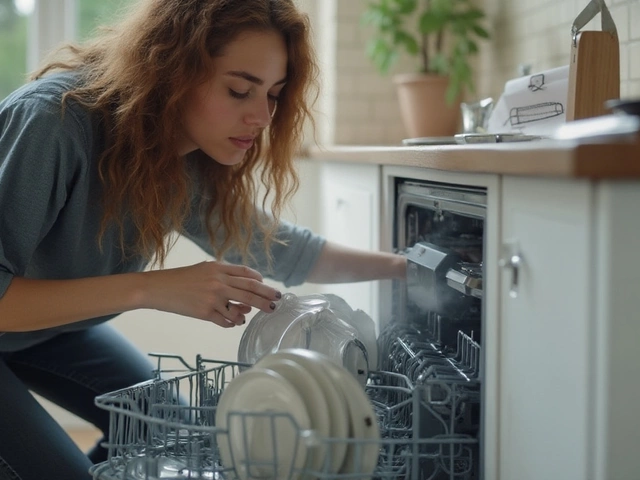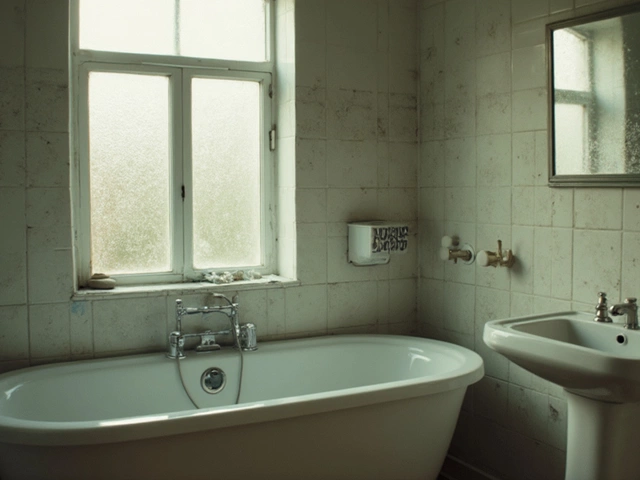Ever stared at a broken cooker, a cold shower or a silent dishwasher and thought, "I could fix that myself"? You’re not alone. Most common household faults are straightforward, and with the right tools and a clear plan, you can often avoid a pricey call‑out.
Before you unscrew anything, turn off power at the plug or breaker and, where gas is involved, shut the supply. A basic DIY toolbox – screwdriver set, pliers, multimeter, and a flashlight – covers most jobs. Keep a notebook handy to jot down the model number and any specific steps you follow; that makes future fixes a breeze.
Now, let’s look at a few of the most requested repairs and what you need to know.
Electric Hob Element Replacement: If a burner won’t heat, the element is likely the culprit. Remove the hob’s front panel, disconnect the faulty element, and swap it with a matching part. Tighten the connections, re‑assemble, and test with a low‑heat setting.
Oven Not Heating: Check the oven’s thermal fuse first – a multimeter will tell you if it’s broken. If the fuse is good, move to the heating element. Remove the back panel, locate the element, and replace it using the same screw pattern. A quick visual inspection can also catch loose wires.
Heat Pump Not Blowing Warm Air: Dirty filters and clogged outdoor coils are common. Clean or replace the filter, then use a garden hose to rinse the coil (make sure the unit is off). If the problem persists, a thermostat sensor may need resetting – follow the manufacturer’s guide for safe access.
Hot Water Heater Reset Issues: A frequent reset indicates a faulty thermostat or a buildup of sediment. Drain the tank, flush it with fresh water, and examine the thermostat for corrosion. Re‑install the thermostat if it looks damaged, then restore power and watch for a stable temperature.
Extractor Fan Replacement: Whether in the kitchen or bathroom, fans often fail due to motor wear. Disconnect the wiring, remove the old fan housing, and mount the new unit using the same screws. Seal any gaps with silicone to keep moisture out.
These guides are just a snapshot of the many fixes you can tackle yourself. Each post on our site walks you through the steps in plain language, complete with safety tips and common pitfalls to avoid.
When you finish a repair, run the appliance for a few minutes to confirm it works as expected. If something still feels off, don’t hesitate to call a professional – especially for gas‑related work or major electrical components.
DIY repairs not only save money, they also give you confidence in the things you use every day. Keep this page bookmarked, pick a project that matches your skill level, and enjoy the satisfaction of getting things right the first time.

Trying to figure out if you should repair your electric stove or just buy a new one? This article breaks down the real costs, common repairs, and the value of fixing versus replacing. Find out what issues are usually fixable, what repairs make sense, and when to let go. You'll also get practical tips for simple DIY fixes and signs you need a pro. Make a smart choice for your kitchen and your wallet.

Deciding whether to repair or replace a refrigerator can be a puzzling task for most homeowners. Factors like the age of the fridge, the cost of repairs, and energy efficiency play crucial roles in this decision. Getting a new fridge might seem attractive with the latest features, but sometimes repairing your old one is the better choice. Before making a move, it’s essential to weigh the pros and cons to make an informed choice.

Not all plumbers can fix boilers-only Gas Safe registered engineers can legally work on gas systems. Learn when to call a plumber vs. a heating engineer, how to verify qualifications, and what to expect from a boiler service.

Discover who to call when your bathroom extractor fan starts acting up. This article explores whether to hire a professional electrician or tackle it yourself, highlighting common issues and maintenance tips. You'll also learn why keeping your fan in top shape matters more than you might think.

Determining whether your dishwasher requires repair or replacement can save you both time and money. This article guides you through recognizing common issues, assessing the efficiency of your current dishwasher, and deciding on repair versus replacement. Gain insights into the lifespan of dishwashers and learn handy tips for maintaining them. Make well-informed decisions about your kitchen appliances for a hassle-free experience.

Wondering if you actually need an extractor fan? This article unpacks whether having one is essential for your home, focusing on bathrooms, kitchens, and the impacts of poor ventilation. Get practical advice about when an extractor fan is a must, what can go wrong without one, and tips for repair and maintenance. Make sure your living space stays fresh, dry, and hassle-free. Say goodbye to foggy mirrors and damp smells.